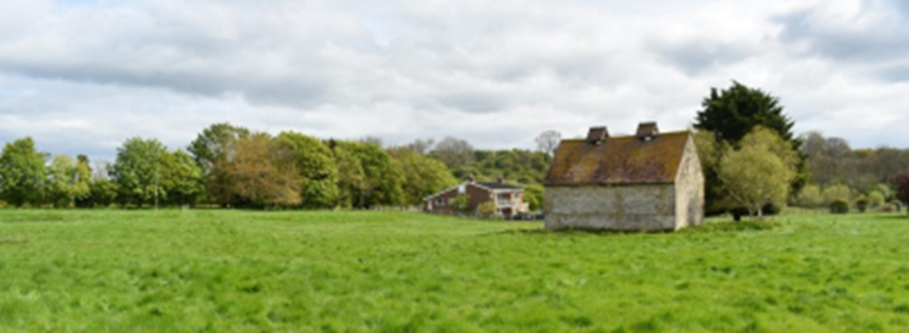Coventry Gateway South
OVERVIEW
An extensive programme of archaeological and geoarchaeological investigations was conducted across 9 ha of land at Coventry Gateway South, Baginton, Warwickshire, between September 2019 and June 2022, which demonstrated that the area contains evidence for a long sequence of human activity of regional and perhaps national importance. Historic building recording was also carried out on a farm complex and a former factory site. During archaeological recording key upstanding features were subject to detailed recording through photogrammetry and 3D modelling.
PREHISTORIC
The work revealed what must have been discrete islands in the formerly braided River Avon that were used by bands of hunter-gatherers around 7000 years ago. Flint tools typical of the Mesolithic period (c. 4–8000 BC) were found on the islands, along with a stake-built structure. An oblique flint arrowhead of a type used in the Neolithic period shows the island was still used in 2500–4000 BC. On the adjacent floodplain, a barbed and tanged flint arrowhead from around 2500 BC was found near a spread of heat-affected pebbles thought to represent a burnt mount, perhaps from a sauna, and these finds could be contemporary with a ceremonial site on the hillside to the west. From this circular ditched feature, an exceptionally well-executed flint dagger was recovered. Pits containing Bronze Age pottery suggest possibly seasonal settlement on the river’s edge. Amazingly, a stone axe flaked by a Neanderthal, possibly hundreds of thousands of years earlier in the Palaeolithic, was found nearby.
ROMAN
The Bronze Age ceremonial site remained a feature in the landscape until the Roman period. At this time, field boundaries were aligned on it, and a sandstone corn drier implies the former presence of cereal-based agriculture focused near the site, perhaps associated with the Lunt Roman fort and cemetery at Whitely South.
ANGLO-SAXON
In the 6th or 7th centuries AD, the Roman site was succeeded by a modest Anglo-Saxon settlement of at least three sunken-featured buildings, in addition to pits and other structures.
This settlement was probably contemporaneous with the early medieval cemetery at Whitley South and was notable for its highly variable forms and the large quantities of unfired loom-weights in two of the buildings.
MEDIEVAL
In the medieval period the Coventry Gateway South landscape formed part of the open fields surrounding Baginton. Ridge and furrow is evident across the floodplain and along the hillside.
HISTORIC BUILDING RECORDING
A series of 18th-19th century agricultural buildings at Rock Farm were analytically recorded prior to their demolition.
A late 18th or early 19th century farmhouse was extended in the late 20th century to the south-east. Whilst the frontage retained much of its Georgian character, the original windows had been replaced.

